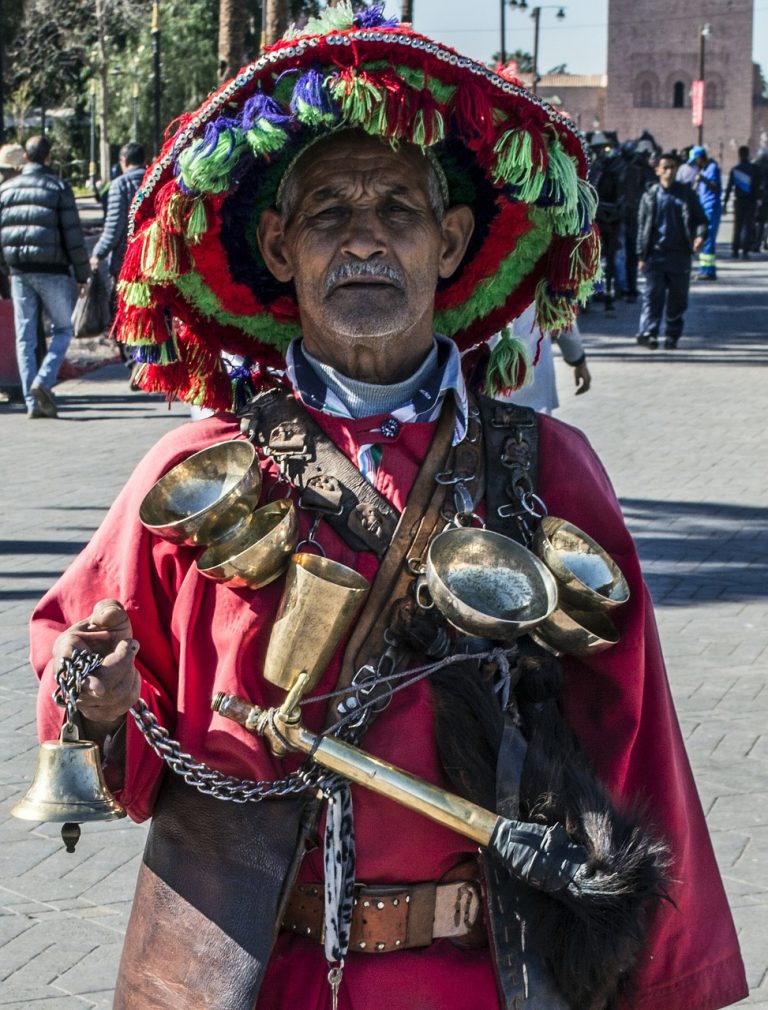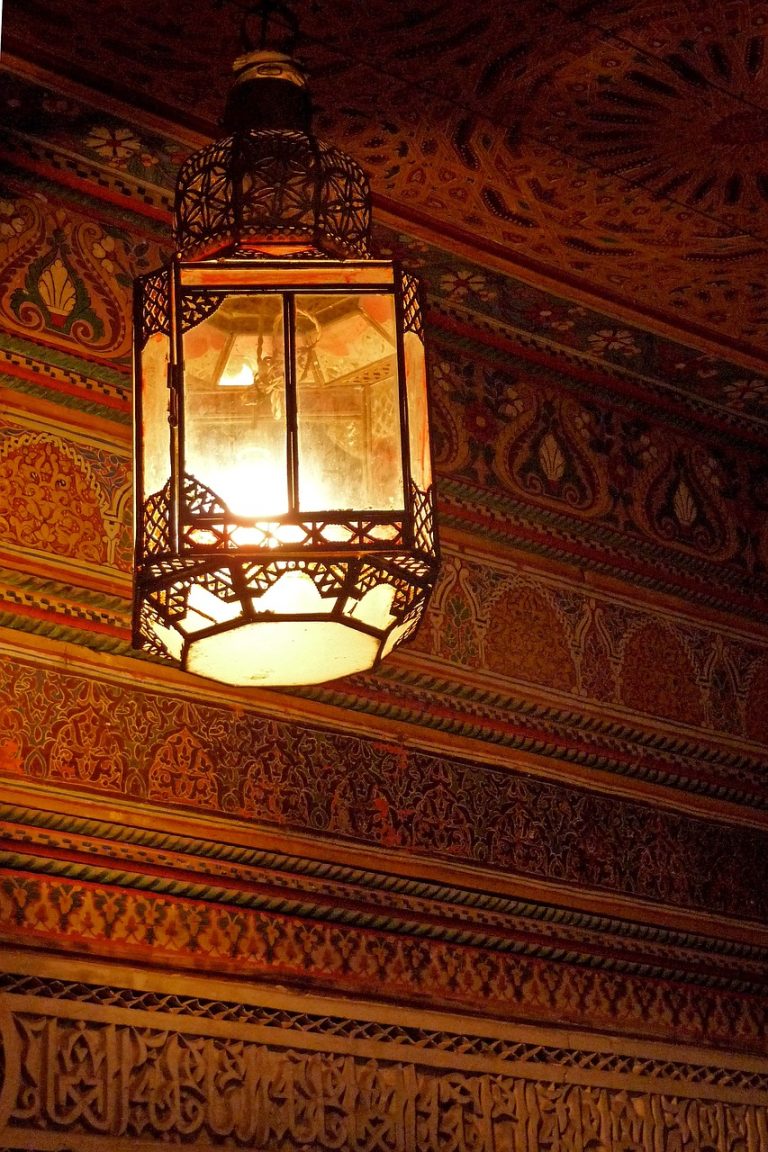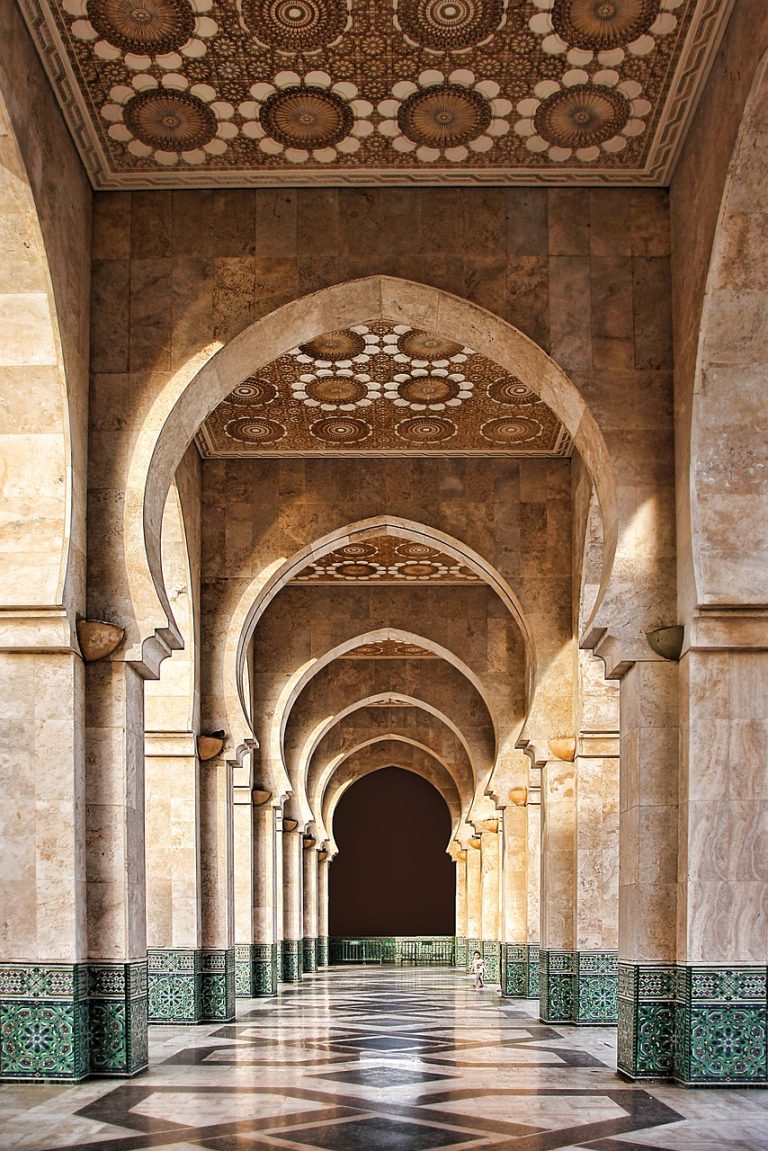Marrakesh Morocco Video
Local Myths and Legends of Marrakesh, Morocco
Marrakesh, the vibrant city in Morocco, is steeped in rich history and culture, giving rise to a plethora of myths and legends that have been passed down through generations. These tales add an air of mystery and enchantment to the city, captivating both locals and visitors alike. In this article, we will explore some of the most fascinating local myths and legends of Marrakesh.
Marrakesh Morocco Image 1: 
The Legend of Jardin Majorelle
- Mythical Origins: According to legend, the Jardin Majorelle was once inhabited by jinn, supernatural creatures in Islamic mythology. It is believed that the garden’s vibrant blue color was chosen to repel evil spirits.
- Yves Saint Laurent’s Influence: Yves Saint Laurent, who fell in love with Marrakesh, saved the garden from destruction and restored it to its former glory. Today, it stands as a testament to his artistic vision and love for the city.
The Jardin Majorelle is a stunning botanical garden in Marrakesh, known for its exotic plants and striking blue buildings. It was designed by French painter Jacques Majorelle in the 1920s and later acquired by fashion designer Yves Saint Laurent.
The Jardin Majorelle is now a popular tourist attraction, offering visitors a serene oasis amidst the bustling city.
The Tale of the Koutoubia Mosque
- Historical Significance: The Koutoubia Mosque is an iconic landmark in Marrakesh, renowned for its impressive minaret that dominates the city’s skyline. According to local legend, the mosque was built by Almohad ruler Yacoub al-Mansour in the 12th century.
- The Hidden Tunnel: It is said that beneath the Koutoubia Mosque lies a hidden tunnel that connects it to the nearby Bahia Palace. This tunnel was supposedly used by rulers and their entourage to move discreetly between the two locations.
With its intricate architecture and beautiful gardens, the Koutoubia Mosque is not only a place of worship but also a symbol of Marrakesh’s rich heritage.
While the existence of the tunnel remains a mystery, it adds an aura of intrigue to the already captivating history of Marrakesh.
Marrakesh Morocco Image 2: 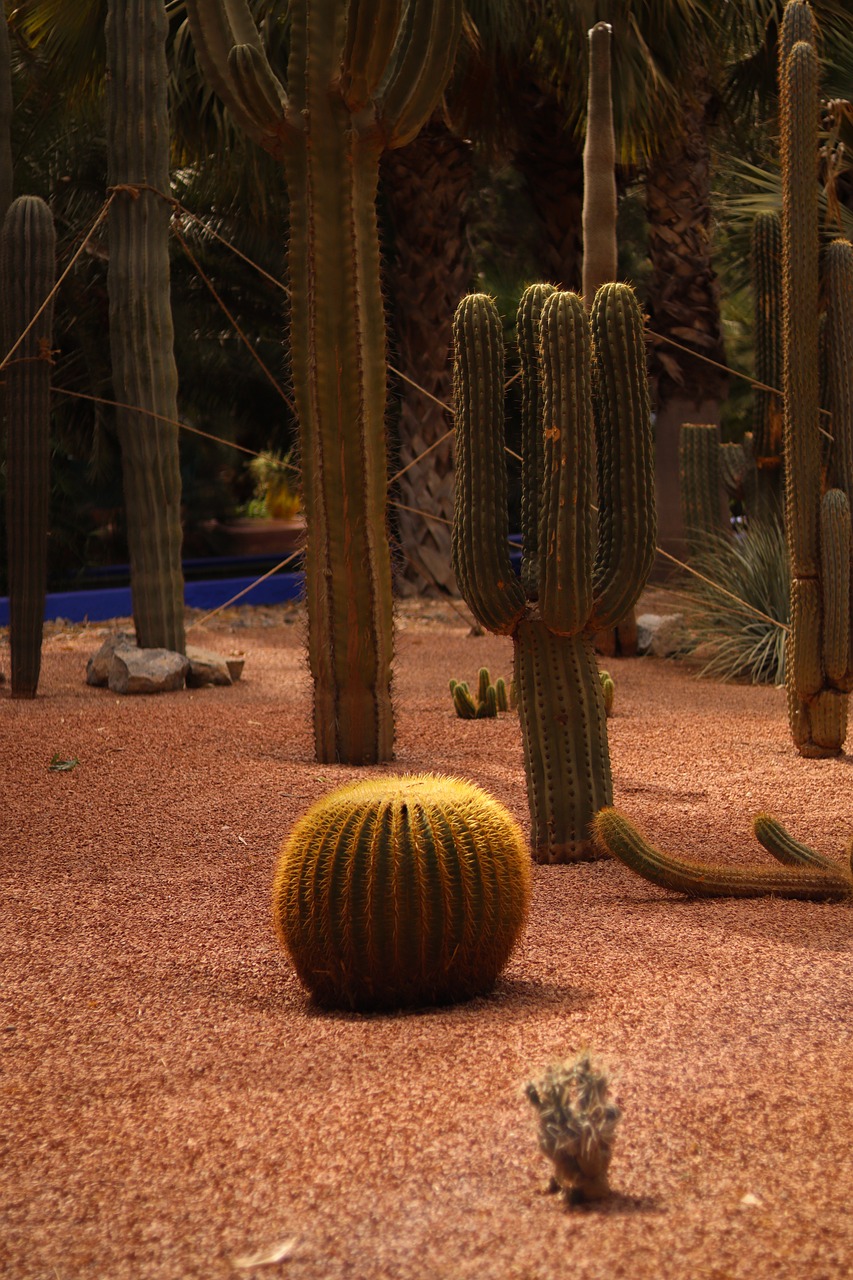
The Legend of the Saadian Tombs
- Rediscovery: The Saadian Tombs, dating back to the 16th century, were lost to history until their rediscovery in 1917. Legend has it that the tombs were intentionally hidden to protect them from destruction by rival dynasties.
- The Hidden Passage: One of the most intriguing aspects of the Saadian Tombs is the hidden passage that connects them to the nearby El Badi Palace. This secret passage was allegedly used by the ruling Saadian dynasty to escape in times of danger.
Today, the Saadian Tombs are a major historical attraction, showcasing intricate marble work and beautifully decorated mausoleums.
Visitors can explore the tombs and imagine the clandestine activities that took place within their walls centuries ago.
The Story of the Seven Saints
- Religious Figures: The Seven Saints of Marrakesh were influential Sufi scholars who played a significant role in spreading Islam in the region. They are revered as spiritual leaders and their tombs are considered sacred sites.
- Miraculous Powers: According to local beliefs, the Seven Saints possess miraculous powers and can grant wishes to those who visit their tombs with pure intentions.
The tombs of the Seven Saints, including Sidi Bel Abbess and Sidi Ben Slimane, attract pilgrims and devotees seeking blessings and spiritual guidance.
Many people visit these holy sites to seek solace, healing, and blessings from the revered saints.
Marrakesh Morocco Image 3: 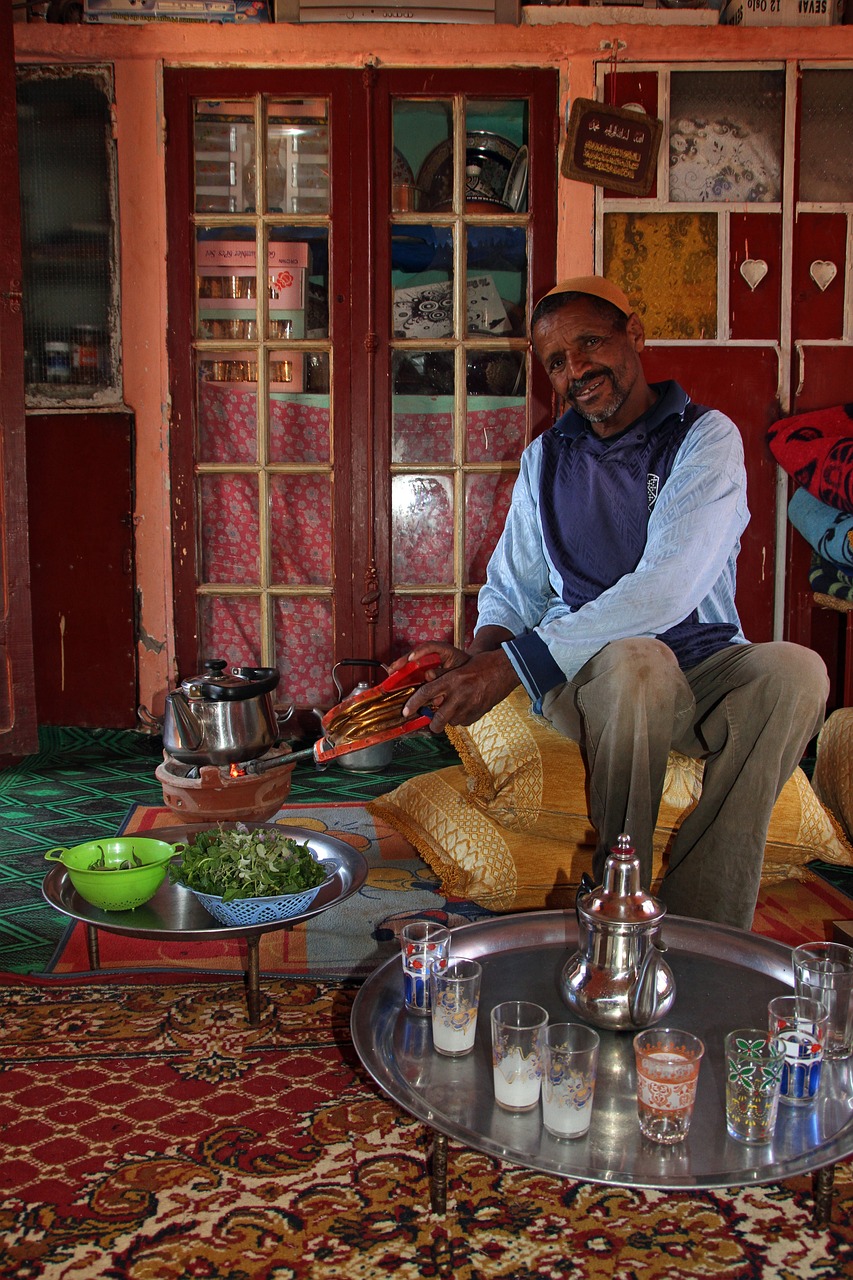
The Legend of the Djemaa el-Fna Square
- Historical Significance: Djemaa el-Fna Square, the bustling heart of Marrakesh, has a storied past. Legend has it that the square was once a site for public executions during the reign of the Almohad dynasty.
- The Storytellers: One of the most captivating aspects of Djemaa el-Fna Square is the tradition of storytelling. Storytellers, known as “hlaykia,” mesmerize their audiences with tales of adventure, love, and morality.
Today, Djemaa el-Fna Square is a vibrant hub of activity, with snake charmers, street performers, and bustling food stalls attracting locals and tourists alike.
These storytellers have been an integral part of the square’s cultural fabric for centuries, keeping the oral tradition alive.
The Myth of the Atlas Mountains
- Legendary Giants: According to local folklore, the Atlas Mountains were formed by two giant brothers who fought each other, causing the earth to crack and create the majestic mountain range.
- Home of the Barbary Macaques: The Atlas Mountains are also home to the endangered Barbary macaques, a species of monkey. These playful creatures are believed to bring good luck to those who encounter them.
The Atlas Mountains, with their snow-capped peaks and breathtaking landscapes, offer a picturesque backdrop to Marrakesh.
Exploring the Atlas Mountains allows visitors to immerse themselves in the natural beauty and mystical allure of Marrakesh.
The Legend of the Medina
- Maze-like Architecture: The Medina of Marrakesh, a UNESCO World Heritage site, is a labyrinth of narrow alleyways, bustling souks, and hidden riads. Legend has it that the intricate design was intentionally created to confuse invaders and protect the city.
- The Djinn’s Curse: According to local beliefs, the Medina is inhabited by mischievous jinn who can cast spells and create illusions. It is said that those who disrespect the Medina or its residents may fall victim to the djinn’s curse.
Today, the Medina is a vibrant hub of commerce and culture, where visitors can experience the charm and authenticity of Marrakesh.
Exploring the Medina is an adventure filled with surprises and the chance to discover hidden treasures.
The Tale of the Agdal Gardens
- Historical Splendor: The Agdal Gardens, a vast oasis on the outskirts of Marrakesh, have a history dating back to the 12th century. Legend has it that the gardens were created to provide sustenance and relaxation for the ruling dynasty.
- The Enchanted Lake: Within the Agdal Gardens lies a mystical lake known as Lalla Takerkoust. Local legends tell of its enchanting powers, capable of granting eternal youth and beauty to those who bathe in its waters.
Today, the Agdal Gardens are a tranquil retreat, featuring orchards, olive groves, and serene pools.
Visitors can enjoy the serenity of the Agdal Gardens and imagine the grandeur of the ruling dynasties that once sought solace within its verdant embrace.
The Legend of the Mellah
- The Jewish Quarter: The Mellah, Marrakesh’s historic Jewish Quarter, has a rich cultural heritage. Legend has it that the Mellah was established to protect the Jewish community from persecution during turbulent times.
- The Hidden Synagogue: Within the Mellah lies the Lazama Synagogue, hidden behind unassuming doors. It is said that during times of religious tension, the synagogue’s exterior was intentionally designed to blend in with neighboring buildings for protection.
Today, the Mellah is a vibrant neighborhood, with synagogues, markets, and traditional Jewish architecture.
Exploring the Mellah offers a glimpse into the diverse history of Marrakesh and its thriving Jewish community.
Conclusion
Marrakesh, Morocco, is not only a city of vibrant colors, bustling souks, and architectural wonders but also a place where myths and legends intertwine with its rich history. From enchanting gardens to sacred tombs, each tale adds to the mystique and allure of this captivating city. Exploring the local myths and legends of Marrakesh allows visitors to delve deeper into its cultural tapestry and appreciate the unique charm that sets it apart.
References
– Petit Palace: petitpalace.co.uk
– UNESCO World Heritage Centre: whc.unesco.org


